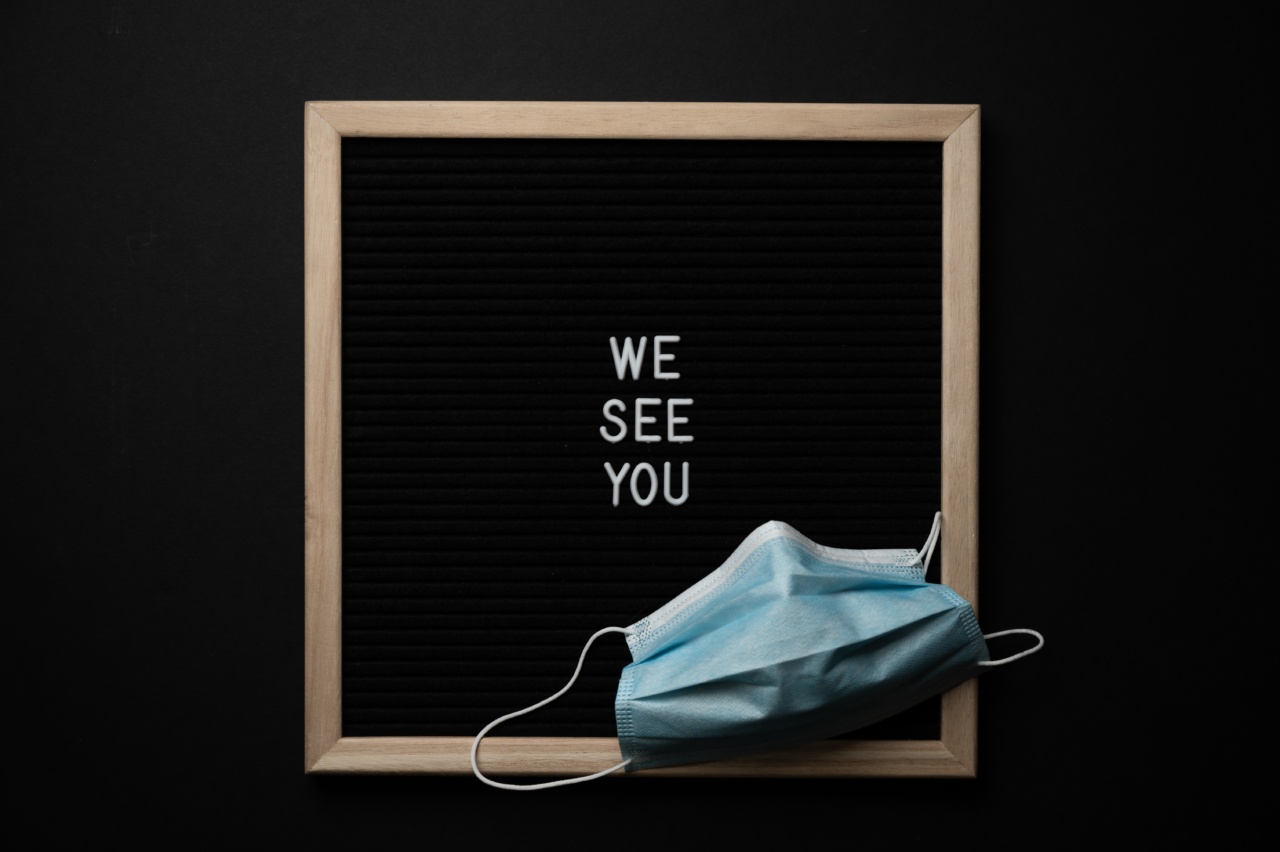Cholecystitis is a term used to describe the inflammation of the gallbladder. The gallbladder is a small organ located just beneath the liver that plays a crucial role in the digestive process.
When it becomes inflamed, it can cause a range of unpleasant symptoms that should not be ignored. In this article, we will explore what cholecystitis is, its causes, symptoms, treatment, and when it is best to see a doctor.
What is Cholecystitis?
Cholecystitis is a medical condition in which the wall of the gallbladder becomes inflamed, usually as a result of gallstones.
The gallstones can block the bile ducts, which leads to a buildup of bile in the gallbladder, causing it to become inflamed and painful. In some cases, the inflammation can be caused by an infection, injury, or tumor.
The Causes of Cholecystitis
The most common cause of cholecystitis is gallstones. Gallstones are hard, pebble-like pieces of material that form in the gallbladder. When they become too big to pass easily through the bile ducts, they can cause the gallbladder to become inflamed.
Over time, the inflammation can lead to serious complications such as infection, abscess, or even rupture of the gallbladder. In some cases, cholecystitis can also be caused by other factors, including:.
- Infection: Cholecystitis can occur due to an infection in the gallbladder.
- Tumor: A tumor in the gallbladder or bile duct may obstruct the flow of bile, leading to inflammation.
- Chemicals: Exposure to certain chemicals or toxins may cause cholecystitis.
The Symptoms of Cholecystitis
The symptoms of cholecystitis can vary depending on the severity of the condition, but some common symptoms include:.
- Abdominal pain, especially in the upper right side of the abdomen
- Nausea and vomiting
- Fever or chills
- Juandice
- Loss of appetite
- Dark urine or light-colored stools
If you experience any of these symptoms, you should see a doctor as soon as possible, as they may indicate a serious condition.
How is Cholecystitis Diagnosed?
If you are experiencing symptoms of cholecystitis, your doctor will perform a physical examination to look for signs of inflammation or tenderness in your abdomen. They may also order other tests, such as:.
- Blood tests: These can reveal signs of infection or inflammation.
- Ultrasound: This is a non-invasive test that can produce images of the gallbladder and bile ducts.
- X-rays or CT scans: These imaging tests can help identify gallstones and other problems in your abdomen.
If your doctor suspects that you have cholecystitis, they may also perform a cholecystectomy, which is a surgical procedure that involves removing the gallbladder.
This is usually only done when other treatments have failed or if there are serious complications present.
Treating Cholecystitis
The treatment for cholecystitis can vary depending on the cause and severity of the inflammation. In some cases, the condition can be managed with medication and lifestyle changes, while in others, surgery may be necessary.
Some common treatments for cholecystitis include:.
- Pain medication: Over-the-counter pain relievers can help alleviate the discomfort caused by cholecystitis.
- Antibiotics: If cholecystitis is caused by an infection, antibiotics may be prescribed to treat the infection.
- Gallbladder removal: This is the most effective treatment for cholecystitis, especially if it is caused by gallstones. This procedure is called a cholecystectomy and involves the surgical removal of the gallbladder.
- Lifestyle changes: If you have experienced cholecystitis, it is important to make lifestyle changes to prevent the condition from recurring. This may include avoiding fatty or spicy foods, maintaining a healthy weight, and getting regular exercise.
When to See a Doctor
If you are experiencing any of the symptoms of cholecystitis, it is important to see a doctor as soon as possible.
While some cases of cholecystitis can be managed with medication and lifestyle changes, others may require surgery or other interventions to prevent serious complications from developing. If you experience severe abdominal pain, fever, or difficulty breathing, you should seek medical attention immediately.
Why Cholecystitis Matters
Cholecystitis can be a serious condition that can lead to complications such as infection, abscess, or ruptured gallbladder. If left untreated, it can cause serious damage to your health and wellbeing.
However, with prompt medical attention and proper treatment, cholecystitis can be effectively managed and prevented from recurring.
Conclusion
If you are experiencing symptoms of cholecystitis, it is important to see a doctor as soon as possible. With proper diagnosis and treatment, cholecystitis can be effectively managed and prevented from progressing to more serious complications.
By taking steps to maintain a healthy lifestyle and make necessary lifestyle changes, you can reduce your risk of developing cholecystitis and other digestive conditions.































